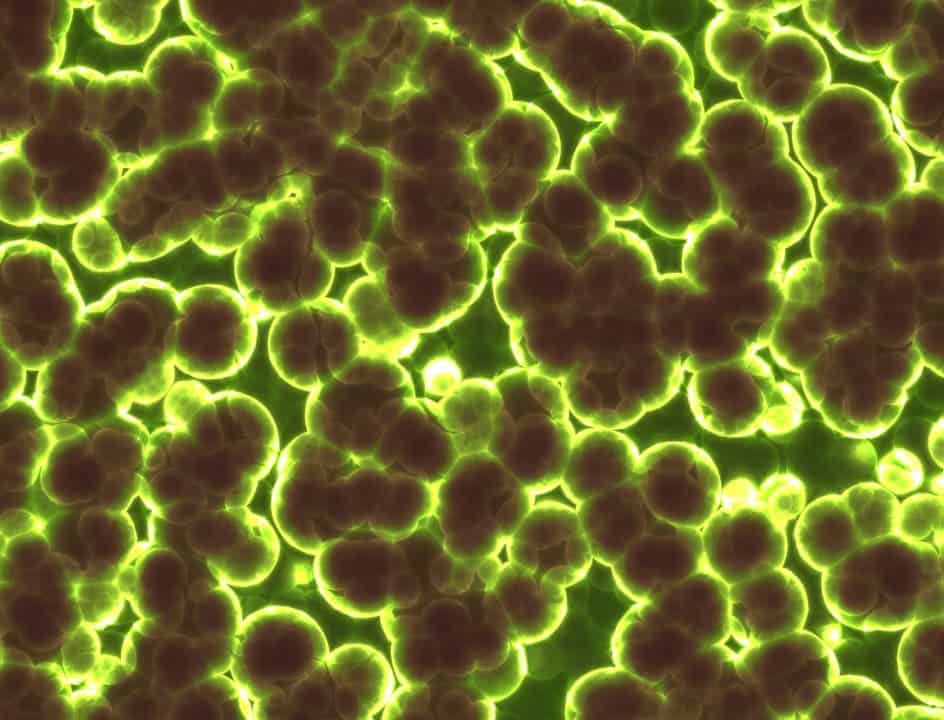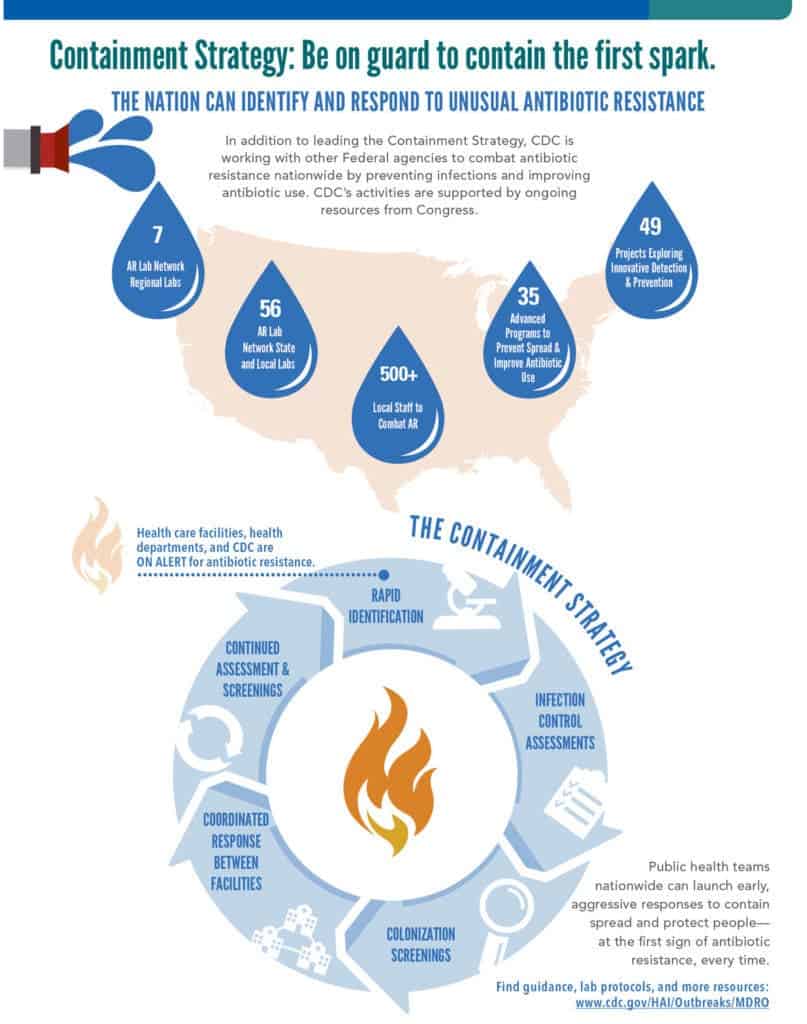Over 220 instances of germs with ‘unusual’ antibiotic resistance genes were reported to the CDC across the U.S., the CDC’s Vital Signs report states.

The increasing prevalence of drug-resistant bacteria is, for good reason, one of the most worrying trends in modern medicine. Simply put, we’re developing new treatment options much more slowly than bacteria and their ilk can adapt (read: become immune) to the ones currently at our disposal.
In light of this fact, I’m sure you’ll be comforted to hear that health departments working with CDC’s Antibiotic Resistance (AR) Lab Network throughout the U.S. found more than 220 instances of germs with ‘unusual’ antibiotic resistance genes last year, according to the Vital Signs report. This category includes germs that are impervious to most or all antibiotics we currently possess, are uncommon in one particular geographic area or the U.S. as a whole, or have genetic mechanisms that allow them to spread their resistance to other germs.
To kill a mockinggerm

Needless to say, because of the danger they pose to public health, the CDC considers the early detection of these pathogens a top priority. After a threat is identified, the next step in the Centers’ strategy is containment: facilities working with the CDC’s AR Lab try to isolate infected patients as quickly as humanly possible, then initiate special procedures intended to root out any unknown infectees, as well as reduce or stop the pathogen’s spread to new patients.
Luckily, this strategy proved effective in all the reported cases.
“CDC’s study found several dangerous pathogens, hiding in plain sight, that can cause infections that are difficult or impossible to treat,” said CDC Principal Deputy Director Anne Schuchat, M.D. “It’s reassuring to see that state and local experts, using our containment strategy, identified and stopped these resistant bacteria before they had the opportunity to spread.”
The Vital Signs report explains that the CDC’s approach, when faced with such pathogens, calls for rapid identification of resistance, infection control assessments, testing patients who may carry and spread the germ (even those that don’t exhibit symptoms), coupled with continued infection control assessments until spread is stopped. Initial screening is performed within 48 hours of the initial report, and maintain follow-up procedures over several weeks to ensure the threat is neutralized.

The CDC estimates that such efforts prevented over one and a half thousand new cases of difficult-to-treat or potentially untreatable infections, including high-priority threats such as Candida auris and carbapenem-resistant Enterobacteriaceae (CRE). The AR Lab Network is crucial for this effort, as it allows for a coordinated response from several healthcare facilities, labs, health departments, and members of the CDC itself.
Other highlights published in the report include:
- One in four germ samples sent to the AR Lab Network for testing had genetic mechanisms that allow them to spread resistance to other populations.
- Investigations in facilities that work with unusual resistance pathogens show that about 10% of screening tests on patients without symptoms identified a hard-to-treat strain that spreads easily. This would suggest that germs can spread relatively undetected in such facilities.
- For CRE alone, estimates show that the containment strategies would prevent as many as 1,600 new infections in three years’ time, in a single state — representing a 76% slash in the total number of cases.
CDme
So what can you do to help the CDC contain such dangerous pathogens in the future? Well, it’s not that much — as you can imagine, tackling populations of drug-resistant bacteria isn’t something you do for fun on a Wednesday evening if you want to be effective. But you can help by being the Center’s scout; its eyes on the ground, if you will. If you want to pitch in, the CDC recommends you:
- Inform your health care provider if you recently received health care in another country or facility. This lets them tie the dots together and trace down a pathogen’s potential movements in case a threat is determined.
- Talk to your healthcare provider about preventing infections, taking good care of chronic conditions and getting recommended vaccines. An ounce of prevention beats a pound of cure, as the old saying goes — especially if that pound of cure can’t even kill off the infection.
- Lastly, practice good hygiene — such as keeping hands clean with handwashing or alcohol-based hand rubs — and make sure you keep cuts and other open wounds clean until healed.
The entire Vital Signs report, as well as more information on the CDC’s containment strategy, can be accessed on the CDC’s website, here.






